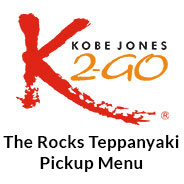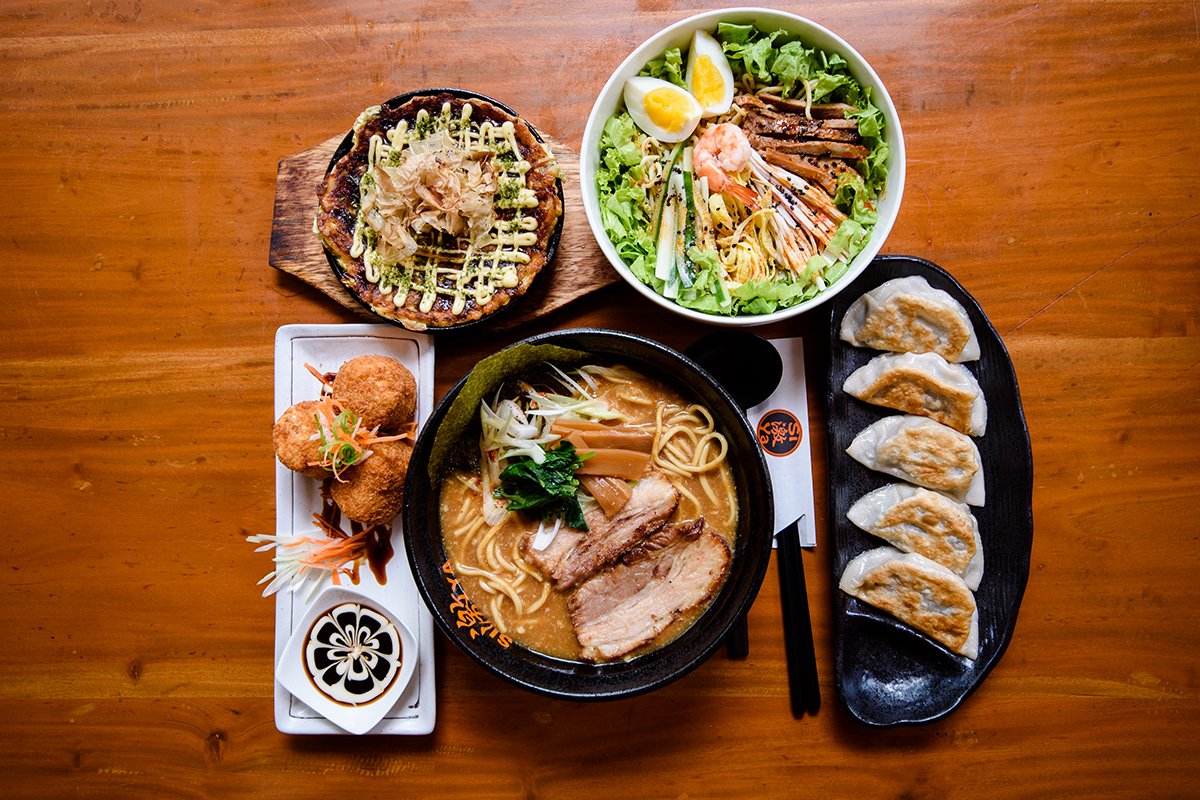What is teppanyaki? Teppanyaki is a style of Japanese cuisine, and is derived from the words ‘teppan’ (iron plate) and ‘yaki’ (grilled, boiled, or pan-fried). So, it literally means ‘grilling on an iron plate’. The dishes cooked using an iron plate include meat, seafood, and noodles.
What’s more, teppanyaki is a combination of Eastern flavours and Western side dishes. And while teppanyaki is a style of cooking, it’s definitely more of a performance. In fact, it’s a combination of ancient Japanese cooking techniques and modern performance art. Here’s a closer look at the history and rise of teppanyaki performance art.
What is the origin and history of teppanyaki?
The art of teppanyaki cooking began around 200 years ago in Japan in the 1900s, with meals prepared on a small grill by families.
The first teppanyaki restaurant chain, Misono, opened in Kobe in 1945. It claims to be the first Japanese restaurant to introduce the idea of cooking Western-influenced food on a large teppan grill in front of guests at the restaurants. The teppan grill is flat, solid, griddle-style, and propane-heated.
Interestingly, teppanyaki-style cooking was more popular with foreigners than it was with the native Japanese. The foreigners loved watching the chef’s skilled manoeuvres as they prepared the food and the cuisine itself, which is more familiar than more traditional Japanese dishes.
When the restaurants located at tourist spots became more popular with foreigners, the chain decided to increase the performance part of the chef’s food preparation, performing food stunts like stacking onion slices to create a flaming onion volcano.
Teppanyaki was first introduced to the Western world shortly after 1945, following the end of World War II. In the USA, the first teppanyaki restaurant chain, Benihana, opened in New York in 1964. Restaurants that practised teppanyaki-style cooking were known as “Japanese steakhouses”.
Over the years, teppanyaki evolved into a highly refined and beautiful artform – it was no longer just about cooking the food.
What are the ingredients used in teppanyaki?
Teppanyaki dishes are made of fresh and flavourful ingredients and light seasoning, including:
- meats like steak, chicken, and seafood
- dough-based foods such as yakisoba (fried noodles) and rice
- okonomiyaki and monjayaki (savoury pancakes with various ingredients and flavours)
- small, finely chopped vegetables like onions, carrots, mushrooms, and bean sprouts
- seasonings such as soy sauce, vinegar, pepper, salt, garlic, and wine.
For Western-style teppanyaki, the ingredients commonly used are beef, scallops, chicken, shrimp, lobster, and veggies, with soybean oil being used to cook them.
For Japanese-style teppanyaki, the ingredients typically used are yakisoba, cabbage, and sliced meat or seafood. These are cooked with vegetable oil, animal fat, or a combination of both. Many teppanyaki restaurants in Japan feature Kobe beef, which is expensive, but of top quality. Other top-quality Japanese beef used is from Akita and Matsusaka. They’re frequently offered along with less expensive beef from New Zealand and the USA. All beef cuts are tenderloin or choice sirloin.
The side dishes include mung bean sprouts, zucchini, fried rice, and crispy garlic chips. Dipping sauces are also provided by some restaurants, but only soy sauce is usually offered in Japan.
How is teppanyaki-style cooking performed?
The guests are usually seated at a large table with a teppan grill in the middle, while the chef stands by the table and performs a show for them. It starts with the tools, in which the knife, fork, and spatula are tossed, flipped, drummed, and clanged together. Next, the chef skillfully chops and dices the food, and then quickly sets the grill aflame, creating a feast that’s both culinary and visually entertaining.
The chef may also introduce new tricks and variations, including:
- flipping a shrimp tail into their shirt pocket
- catching an egg in their hat
- throwing an egg in the air and splitting it with a spatula
- flipping flattened pieces of shrimp into the mouths of guests
- arranging onion rings into fire-shooting volcanoes.
One of the best things about ordering teppanyaki is that you can choose your own chef and tell them how you want your dish prepared. You can also determine the type and amount of seasoning and oil you want in the dish. And whether you prefer wagyu beef, king prawns, or rock lobster, you’ll be sure to leave filled and satisfied.
Want to see teppanyaki performance art?
You can experience the art of teppanyaki cooking at one of Kobe Jones teppanyaki restaurants in Sydney and Melbourne. We combine traditional Japanese cuisine with fresh, prime Australian produce. Our team of highly skilled chefs can deliver an authentic teppanyaki experience.
So, if you live in or are visiting Sydney or Melbourne, pop in to enjoy the spectacle of expert knife skills and flaming teppanyaki cooking at Kobe Jones. We’re open for lunch Monday to Friday and dinner every night. We promise to give you an interactive and fun dining experience, so make a reservation online now at one of our restaurants for Japanese cuisine like you’ve never had it before.






 (12 votes, average: 4.92 out of 5)
(12 votes, average: 4.92 out of 5)